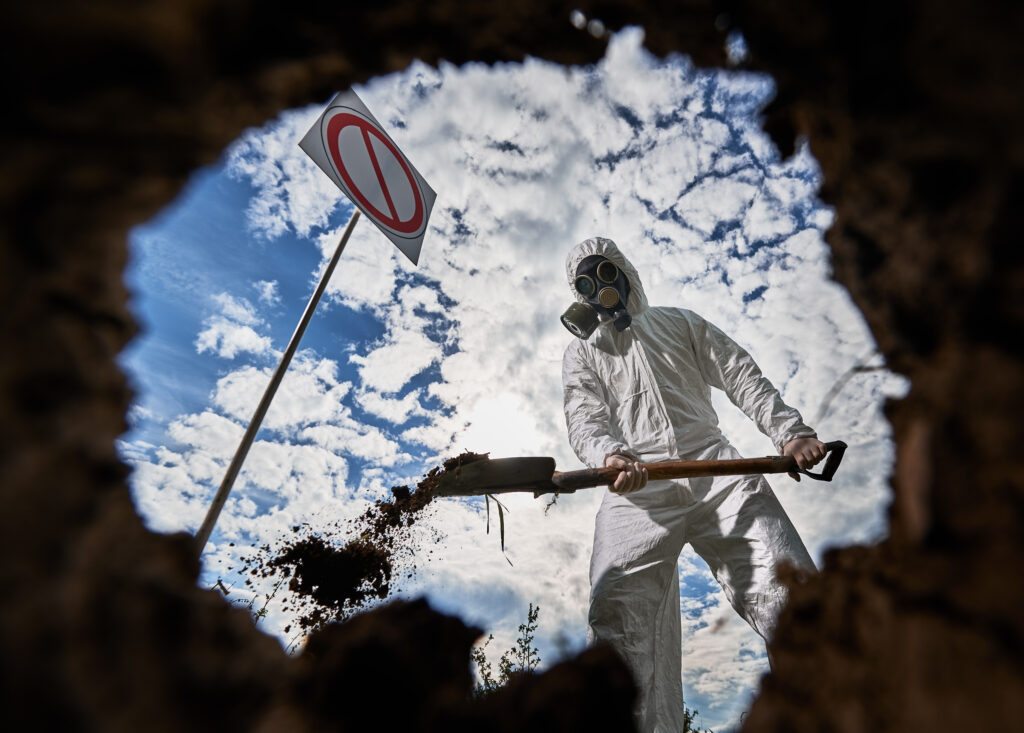Asbestlint—a deceptive term fusing “asbestos” with “lint”—refers to ultrafine, dust-like fibers stemming from deteriorating asbestos-containing materials (ACMs). Unlike visible asbestos insulation or tiles, asbestlint is nearly invisible to the naked eye, drifting through the air and settling subtly in corners of older structures. Yet despite its unassuming appearance, asbestlint carries the same grave health risks as larger asbestos fragments, with the added peril of being far easier to inhale. This article explores what asbestlint is, why it persists in our built environments, the dangers it presents, and how to identify, manage, and ultimately eliminate it safely—arming readers with the knowledge to protect both health and property.
What Is Asbestlint and How Is It Formed?
Asbestlint is not a commercial product, but rather a descriptive term emerging in safety and environmental discussions. It describes the fine particles generated when asbestos-containing materials degrade through age, mechanical stress, or renovation activity. These tiny, fibrous particles—composed of the same silicate minerals found in asbestos—can result from crumbling ceiling tiles, aging pipe insulation, or damaged floorboards. Because of its microscopic size, asbestlint is airborne and easily inhalable, making detection without professional assessment nearly impossible BestoftciIoTavalleyModskinlolVamonde.
Common Sources of Asbestlint
Locations where asbestlint often accumulates include outdated insulation around boilers or steam lines, vinyl floor tiles, ceiling panels, and HVAC ducts in structures constructed before the 1980s. Industrial settings like shipyards, power plants, and legacy manufacturing facilities may also harbor asbestlint where heat-resistant materials were once employed BestoftciMy BlogVamondeModskinlol.
Health Hazards of Asbestlint Exposure
The inhalation of asbestlint poses significant health risks. Because the fibers are so small, they can penetrate deep into lung tissues, leading to diseases such as asbestosis (lung tissue scarring), mesothelioma (an aggressive cancer of the lung or abdominal lining), and lung cancer—especially in individuals with a history of smoking. Additionally, asbestos-related illnesses often have long latency periods, with symptoms emerging decades after exposure, reinforcing the importance of early detection and prevention.
Detecting and Testing for Asbestlint
Visual identification of asbestlint is near impossible—it looks like regular dust. The safest route is hiring certified asbestos inspectors who use air sampling and specialized lab tests (like electron microscopy) to confirm its presence. Indicators may include crumbly insulation, powdery residue near ducts, or brittle tiles—but confirmation always requires professional analysis.
Safe Handling, Mitigation, and Removal
Professional abatement is the gold standard for handling asbestlint. Licensed contractors employ specialized equipment: HEPA-filter vacuums, negative air pressure zones, PPE including respirators and full-body suits, and controlled encapsulation methods when removal isn’t possible immediately BestoftciMy BlogModskinlol. Wet methods reduce fiber release during cleaning. All hazardous waste must be labeled and disposed of at certified facilities to prevent environmental contamination BestoftciMy BlogModskinlol.
Preventing Exposure and Future Risks
Prevention begins with awareness. Before renovations, conduct hazardous materials surveys to flag ACMs. Maintain sealed materials when removal isn’t immediately feasible. Use wet cleaning, HEPA air filters, and proper signage to reduce airborne dust. Replacing asbestos-based materials with safer alternatives like fiberglass, cellulose, or mineral wool insulation ensures long-term safety and reduces future liability.
Broader Impacts: Environment and Legal Considerations
Asbestlint isn’t just a health hazard—it’s an environmental pollutant. Improper disposal leads to soil and water contamination. Governments worldwide regulate its packaging, labeling, and disposal—often requiring sealed, labeled containers and transport via certified handlers. Violating these standards can result in legal and financial penalties.
Conclusion
Asbestlint may be unseen, but its threats are very real. Its microscopic fibers linger as silent hazards in older buildings and industrial structures, requiring vigilance, professional intervention, and informed prevention. Through education, careful testing, and adherence to safety protocols, we can mitigate risks, safeguard public health, and pave the way for safer built environments. Proactively addressing asbestlint ensures long-term wellness—for both individuals and communities.
Frequently Asked Questions (FAQ)
Q1: What exactly is asbestlint?
A: Asbestlint is a term combining “asbestos” and “lint,” referring to fine, airborne, dust-like fibers created when asbestos-containing materials degrade or are disturbed. Unlike visible asbestos products, it’s microscopic and easily inhaled.
Q2: How is asbestlint different from regular asbestos?
A: Regular asbestos often refers to solid materials like pipes, tiles, or insulation. Asbestlint is the breathable, invisible dust that forms when those materials deteriorate—making it harder to detect and potentially more dangerous.
Q3: Where is asbestlint commonly found?
A: It’s most commonly found in older buildings—in insulation, ceiling and floor materials, HVAC ducts, and industrial sites where asbestos was once common in construction.
Q4: How dangerous is exposure to asbestlint?
A: Very dangerous. Inhaling the fibers can cause serious illnesses like asbestosis, mesothelioma, and lung cancer. Its tiny size and persistence in the lungs make it a significant health hazard.
Q5: Can I detect asbestlint on my own?
A: No—it’s virtually invisible, odorless, and colorless. Professional testing and air sampling by accredited inspectors are required to confirm its presence.
Q6: What should I do if asbestlint is found?
A: Always hire licensed asbestos removal professionals. They will contain, remove, or encapsulate the material safely, using proper PPE and following disposal regulations.
Q7: How can I avoid future exposure?
A: Remove or seal asbestos materials, educate workers, install HEPA filters, and safely replace legacy materials with non-asbestos alternatives during renovations

